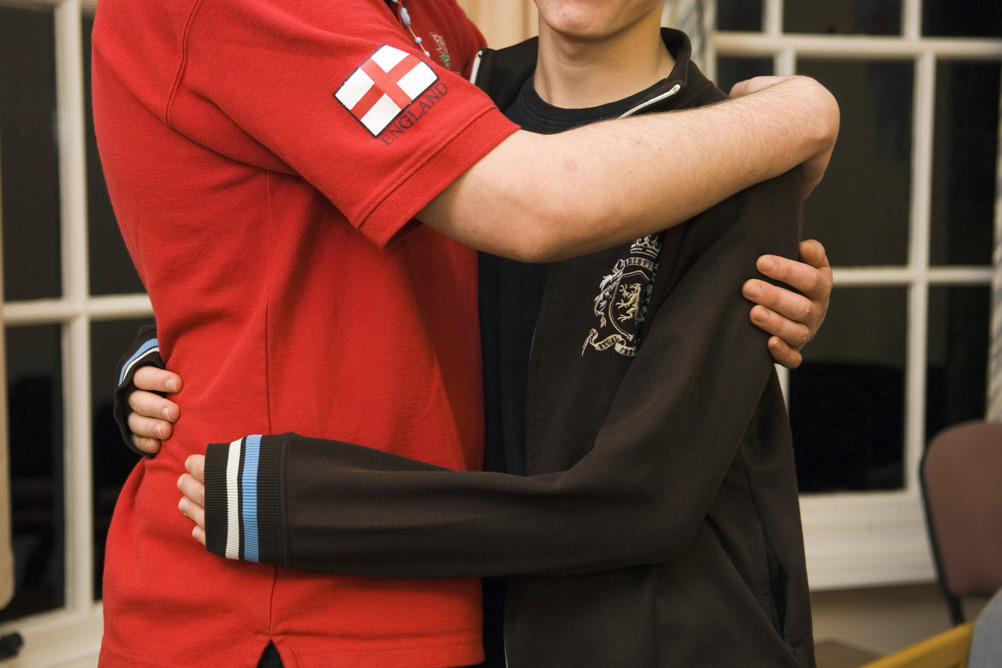
What is homophobic bullying?
Homophobic bullying is bullying motivated by prejudice against lesbian, gay or bisexual people. It can be targeted at, and affect all young people – whether or not they are lesbian, gay or bisexual. It is inextricably linked to other forms of bullying focused on gender or sexuality, including sexist and transphobic bullying and is often targeted at anyone who does not conform to gender stereotypes or who may appear to be different to their peers. It can also particularly affect young people who have lesbian, gay, bisexual or transgender parents, other family members or friends. Like all types of bullying, it can take many forms including verbal abuse, physical abuse and cyberbullying.
How can it affect young people?
All forms of bullying can affect young people’s emotional and social wellbeing as well as their physical health. Homophobic bullying has wide-reaching negative consequences for young people – it inhibits confidence, self-expression, creativity, learning, attainment and aspiration and can lead to depression, self-harm and suicide.
What responsibility do those working with young people have?
Tackling homophobic bullying is a human and children’s rights issue. Young people have the right to feel safe and to be protected from harm. Everyone working with children and young people has a duty of care towards them: to safeguard them and promote their welfare. The new Equality Act 2010 harmonises anti-discrimination laws and requires public bodies and those fulfilling public functions to eliminate harassment, discrimination and victimisation and promote equality. Under the Education and Inspections Act 2006 schools have a legal duty to ensure homophobic bullying is dealt with and Ofsted now considers effectiveness in combating homophobic bullying and creating a safe learning environment for all as part of the inspection framework.
How can you prevent homophobic bullying?
Prevention is better than cure. Creating an inclusive, warm and accepting environment where difference is celebrated and where bullying and discrimination are not tolerated will make the real difference for young people. It is in this environment that any bullying can be most effectively identified and tackled.
Register Now to Continue Reading
Thank you for visiting Children & Young People Now and making use of our archive of more than 60,000 expert features, topics hubs, case studies and policy updates. Why not register today and enjoy the following great benefits:
What's Included
-
Free access to 4 subscriber-only articles per month
-
Email newsletter providing advice and guidance across the sector
Already have an account? Sign in here

